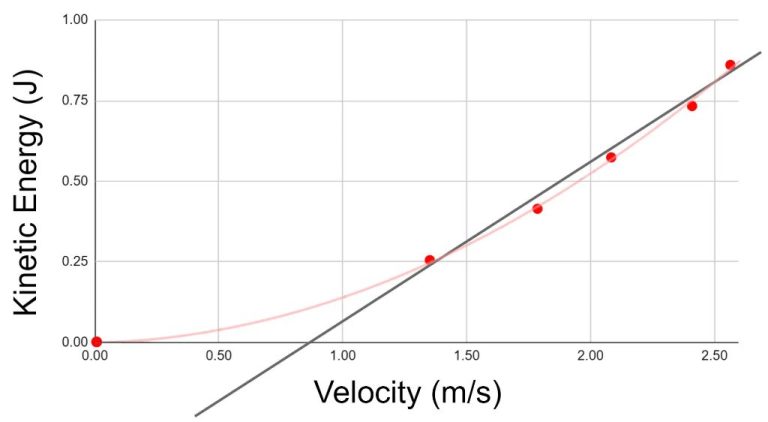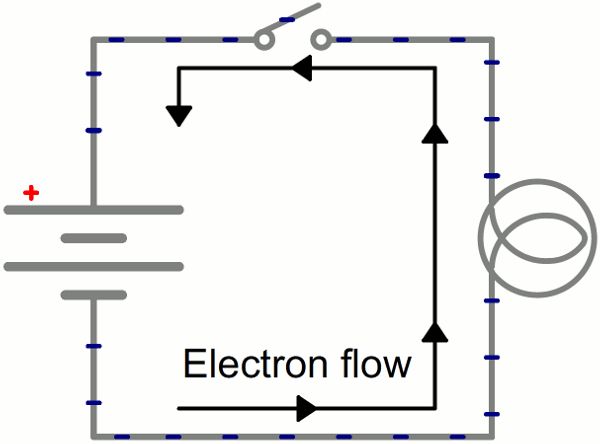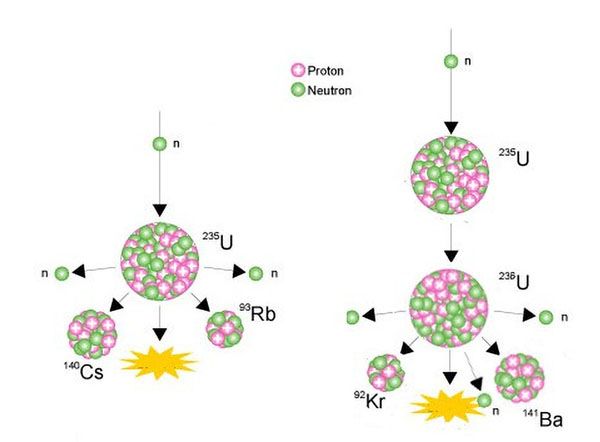What Are The Advantages Of Renewable Resources Wikipedia?
Renewable energy resources are sources of energy that are continuously replenished by nature. Some examples include solar, wind, geothermal, hydroelectric, and biomass energy. Using renewable energy sources has many advantages compared to relying solely on finite fossil fuels like coal, oil, and natural gas. This article will explore the top benefits of transitioning to more renewable energy.
The main thesis is that renewable resources provide environmental, economic, and social benefits over conventional fossil fuels. They reduce pollution, mitigate climate change, create jobs, improve public health, and advance energy access. There are challenges too, like intermittency and high upfront costs for some sources. But the long-term advantages make investing in renewables worthwhile for nations, businesses, and individuals.
Reduced Reliance on Fossil Fuels
One of the biggest advantages of renewable energy sources is their ability to reduce reliance on fossil fuels like oil, coal, and natural gas. Many countries are still heavily dependent on fossil fuel imports for energy needs. This leaves them vulnerable to global price shocks and supply disruptions. Investing more in domestic renewable energy can increase energy independence and security.
Fossil fuels are also finite resources that will eventually run out or become too expensive to extract. Their continued use also comes with huge environmental costs like air and water pollution. Renewables provide an infinite, clean alternative that can satisfy our energy needs sustainably. The more we transition from fossil fuels to renewables, the less exposed we are to the risks of supply crunches and price volatility down the road.
With renewable energy infrastructure like solar panels, wind turbines and hydroelectric dams in place, the reliance on polluting fossil fuel power plants substantially decreases over time. This transition helps pave the way to a greener, more energy independent future.
Environmental Benefits
Renewable energy sources such as wind, solar, hydroelectric, geothermal and biomass generate much lower levels of air and water pollution and greenhouse gas emissions compared to fossil fuels like coal, oil and natural gas. This helps mitigate climate change and reduces harmful impacts on ecosystems and human health.
Burning fossil fuels releases pollutants like nitrogen oxides, sulfur dioxide, particulate matter and mercury into the atmosphere, contributing to smog, acid rain, and poor air quality that can cause respiratory illnesses. Renewable energy systems have negligible emissions. Solar panels and wind turbines don’t release any pollutants into the air when producing electricity.
Fossil fuel extraction and transportation can also lead to water contamination. Coal mining produces toxic wastewater with heavy metals like arsenic and lead. Oil drilling and fracking use chemicals that can pollute groundwater. The renewable energy lifecycle has minimal effects on water quality and aquatic ecosystems.
In addition, renewables avoid millions of tons of carbon dioxide emissions from fossil fuels that are the dominant cause of global warming. Widespread use of clean energy sources is critical for reducing greenhouse gases and preventing the worst impacts of climate change.
Energy Security
Renewable energy sources like solar, wind, geothermal, and hydropower provide domestic energy, reducing reliance on imported fossil fuels. Many countries spend billions importing coal, natural gas, and oil from other nations. This leaves them vulnerable to price shocks, supply disruptions, and geopolitical influences. Investing in renewables utilizes local resources, keeping energy spending within the domestic economy. Renewable energy facilities can be quickly built within a country’s own borders, providing energy independence and security. With their own renewable energy supply, nations do not have to worry about instability in fossil fuel-producing regions. Renewables allow countries to take control of their own energy future.
Job Creation
Building renewable energy infrastructure requires significant investment and labor, creating numerous jobs in the process. Constructing large-scale wind and solar farms provides employment for hundreds or thousands of construction workers. Manufacturing renewable energy equipment like wind turbines, solar panels, and geothermal pumps similarly creates many manufacturing and engineering jobs. Installing rooftop solar panels on homes and businesses also provides steady work for solar installers and electricians. Renewable energy’s labor-intensive nature means it typically creates more jobs per dollar invested and per kilowatt-hour produced than fossil fuels. One study by researchers at UC Berkeley found that transitioning to 100% renewable electricity in the U.S. by 2050 would generate around 2.7 million new jobs in renewable energy and energy efficiency.
Cost Savings
Renewable energy can provide cost-competitive and stable pricing compared to conventional fossil fuels. The fuel costs for renewables like solar, wind, hydropower and geothermal are free and abundant. While there are equipment and maintenance costs, the lack of fuel costs provides a hedge against volatile and rising fossil fuel prices. Electricity prices from renewable sources have become very cost-competitive with natural gas and coal in many markets. In some cases, renewables even provide the lowest cost option for new electricity capacity. The equipment costs for technologies like solar panels and wind turbines has been declining steadily, making the levelized costs lower over time. Whereas fossil fuel prices can spike unexpectedly, renewable energy costs are predictable for decades. The inherent price stability of renewables provides a cost savings versus fossil fuels prone to price volatility.
Rural Development
Renewable energy projects can provide economic opportunities for rural communities. Landowners can generate income by leasing their land for wind farms, solar arrays or biofuel crops. This provides a stable revenue stream for farmers and ranchers. Many rural towns and counties also benefit from increased tax revenues from renewable energy projects in their jurisdiction. These new sources of income can help revitalize struggling rural economies.
In addition to land lease payments, renewable projects create local construction and maintenance jobs. Wind farms and solar plants require access roads, transmission lines, substations and other infrastructure. Biofuel facilities also need transportation and storage facilities. This infrastructure construction generates temporary jobs for rural residents. Once built, these projects require full-time technicians and managers to operate and maintain the facilities. Rural communities see long-term job creation from hosting renewable energy projects.
Renewable energy can also help rural areas become more self-sufficient in their energy use. Locally generated wind and solar power means less electricity has to be transmitted in from urban areas. Biofuel crops provide a local source of fuel for agricultural equipment and transport. This localized energy supply gives rural communities more energy security and independence.
Public Health
Deploying renewable energy sources like solar, wind, and hydropower provides major public health benefits by reducing air pollution and associated illnesses and deaths. Fossil fuels like coal and gas emit particulate matter, nitrogen oxides, sulfur dioxide, mercury, and other hazardous air pollutants that are linked to asthma, lung cancer, heart disease, stroke, and premature death. Children, the elderly, and people with existing health conditions are most vulnerable to the health risks of air pollution.
A 2021 study published in Nature found that increasing renewable energy generation in the United States could prevent tens of thousands of premature deaths and hundreds of thousands of asthma attacks by reducing fossil fuel pollution. The study estimated that doubling U.S. renewable electricity generation could prevent over 10,000 premature deaths from air pollution per year. Aggressive expansion of solar and wind power along with electrification of transportation and other sectors could prevent hundreds of thousands of illnesses and save tens of billions of dollars per year in U.S. health costs.
Transitioning to renewable energy is vital for clean air and improved public health worldwide. The World Health Organization estimates air pollution causes 7 million premature deaths globally per year. Widespread adoption of clean, renewable energy sources like solar, wind, hydropower and geothermal can help reduce hazardous air pollutants and provide major public health benefits across the planet.
Technology Innovation
Investing in renewable energy sources drives advances in energy technologies. Since most renewables like solar and wind are still maturing technologies, there is a lot of room for innovation and growth. As more money and research flows into the renewable energy industry, improvements in efficiency, scale, and cost can be achieved at a faster pace.
Already the costs of renewables have dropped dramatically as deployment has increased. According to Lazard’s annual analysis, the cost of utility-scale solar energy fell 89% from 2009 to 2019. The more we invest in renewables, the faster the pace of technological progress will be. As a result, renewables will become even more cost-competitive with conventional energy sources.
Furthermore, investing in renewables creates positive spillover effects across the economy by advancing related technologies. Improvements in battery storage, smart grid technology, energy transmission, and electric vehicles support the growth of renewables while benefiting other industries. Cultivating expertise in renewables also develops a high-tech workforce with skills applicable across the modern economy.
Conclusion
In summary, there are several key advantages to utilizing renewable energy resources. Renewables can reduce reliance on fossil fuels, provide environmental benefits, enhance energy security, create jobs, generate cost savings, spur rural development, support public health, and drive technology innovation.
With all of these benefits, there is a clear case for ramping up investments in renewable energy and transitioning more of our power generation to sources like solar, wind, geothermal, hydropower and bioenergy. Governments, businesses and individuals should all play a role in this energy transition for the sake of our economy, environment and society.
The advantages outlined here make a compelling case for expanding the use of renewables. I encourage readers to learn more about how they can support renewable energy in their own lives and communities.






